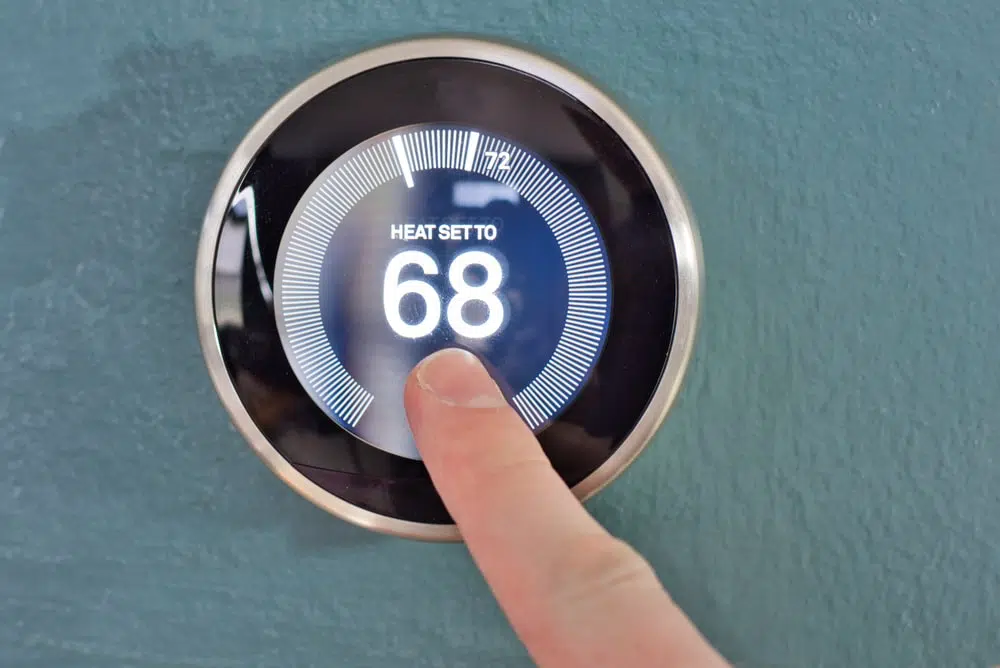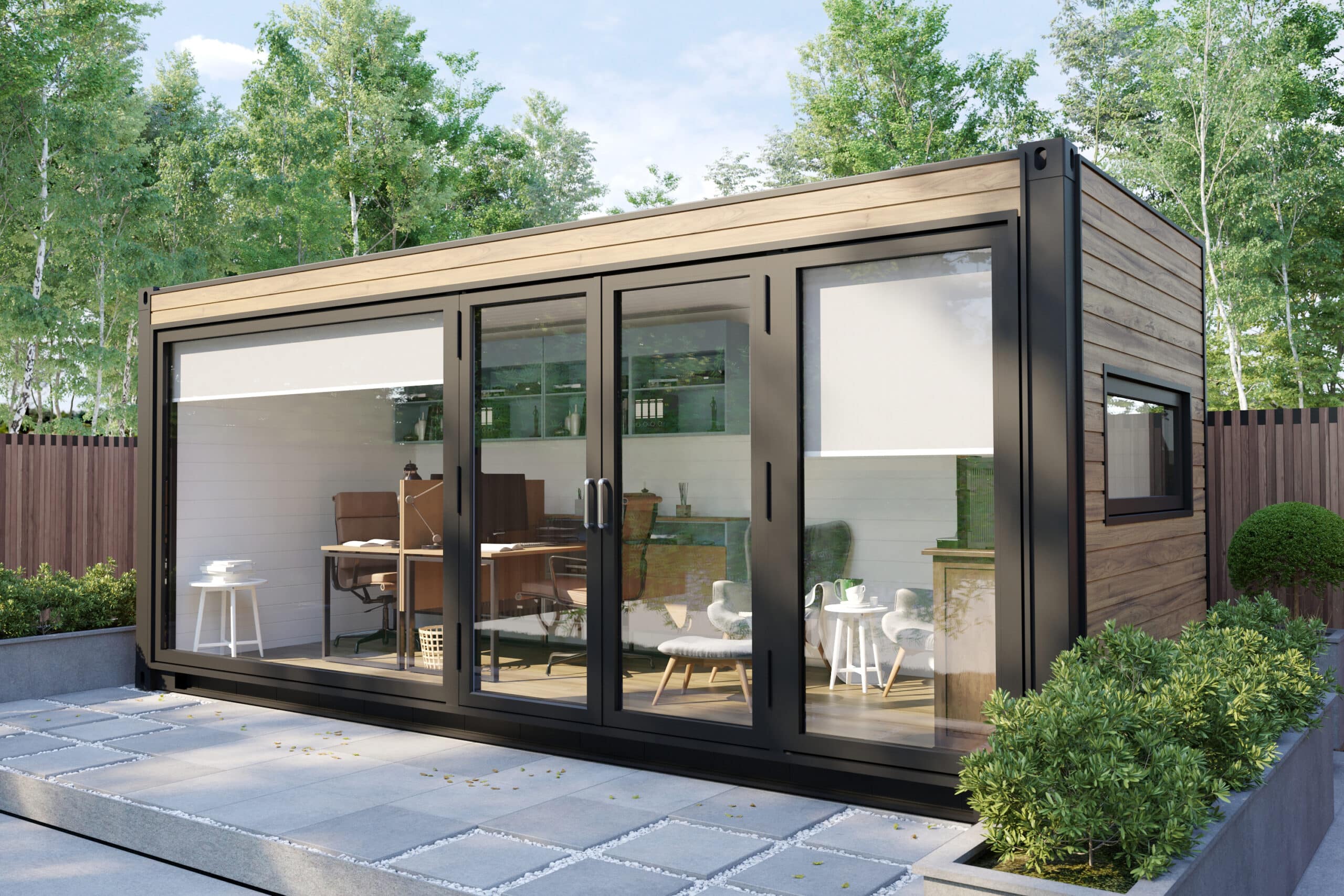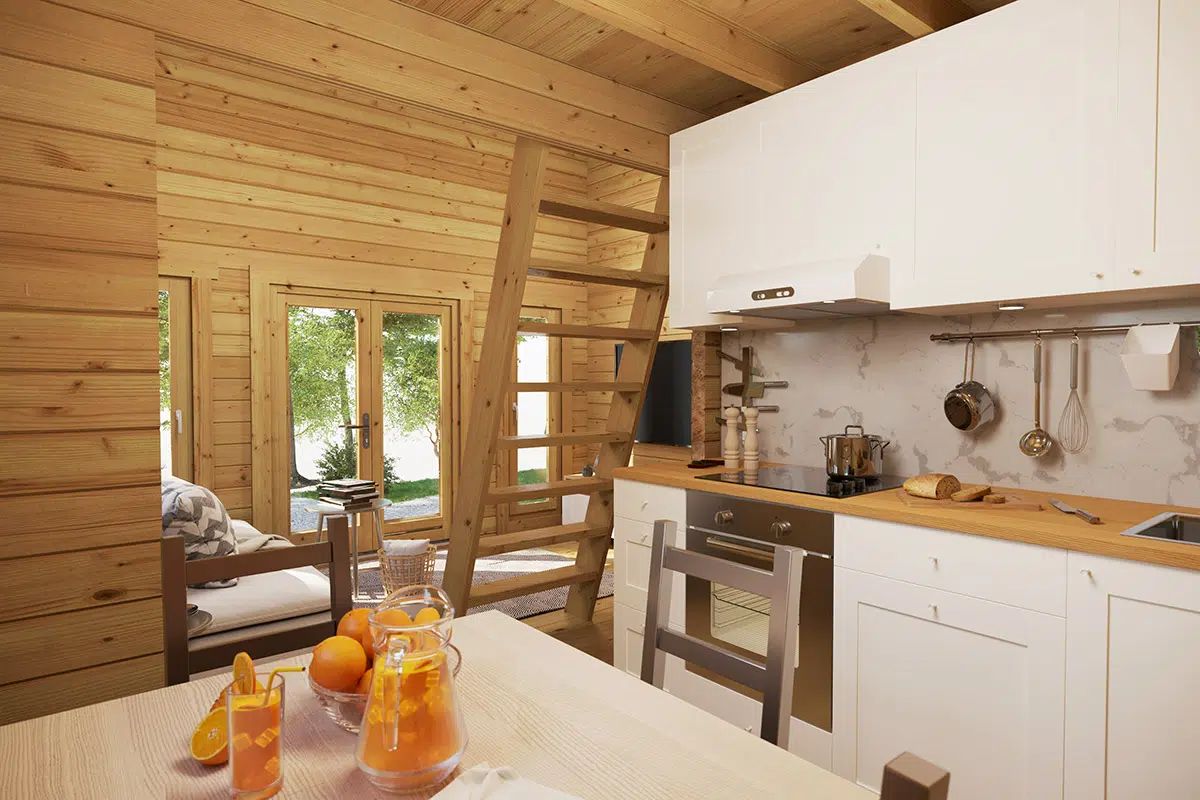Eco-friendly & Affordable Ways to Keep Your Garden Office Warm
06.05.2024

If you’ve recently joined the squad of garden office workers or an old member, you might have noticed one little snag: these charming spaces can turn into walk-in freezers faster than you can say “Jack Frost.” With recent gas and electricity prices making us all a bit nostalgic for the days when turning up the thermostat didn’t require a small loan, finding an efficient and eco-friendly heating solution is more important than ever. So, how do you keep warm without turning your garden office into a greenhouse for your bank statements and polar bears?
Understanding the Elements: Why Your Garden Office Feels Like a Fridge?
First things first, let’s talk about why your garden office feels cold. Unlike traditional homes, garden offices are often less insulated, and if you’ve skipped on this part during the build, you’ll feel it with every shiver. Proper insulation isn’t just a fancy addition; it’s the invisible hero of eco-friendly heating. Think of it as wrapping your space in a warm hug that keeps the cold out and the cozy in.
Inflation and Global Warming: The Heat is On (or Is It?)
Let’s face it, between trying to save the planet and saving a few pennies, heating your garden office might feel like choosing between a rock and a cold place. But fear not! With a few clever choices, you can strike a balance. And yes, you’ll still be able to feel your toes.
1. Insulation: Your First Line of Defense Against the Chills
If you’re setting up a garden office, don’t skip on insulation. This is your fortress against the cold. Investing in good quality insulation might seem pricey upfront but think of it as an adorable piggy bank. Every bit of heat it keeps in is a penny saved.
2. Split Air Source Heat Pumps: The Hot New Thing
Forget the clunky old heaters, air source heat pumps are where it’s at. These clever gadgets pull heat from the air outside (yes, even when it’s cold) and pump it into your office. They’re so efficient that for every unit of electricity used, you get three to four units of heat.
To explain in detail, Air source heat pump technology has been around for several years, but only recently has it become one of the leading options for renewable heating around the home. They work by absorbing the heat from the outside air which can then be used to heat radiators, underfloor heating or hot water cylinders. The easiest example to compare the technology is with refrigerators, instead of using the air to make something cold the heat pumps do the reverse.
3. Solar Power Heaters
Although you might not usually think of solar panels as a source of heat, using them together with a solar-powered heater can be very effective. It’s like turning a difficult situation into something positive, using sunlight even on cold days. Plus, it’s one of the most environmentally friendly options available.
4. Underfloor Heating: Like a Warm Beach in Your Office
Underfloor heating might sound a bit luxe, but it’s surprisingly efficient. It distributes heat evenly (so no more hot head, cold feet scenarios) and because it runs at a lower temperature, it can reduce your energy use and bills.
5. Electric Fireplaces
Electric fireplaces are a good choice because of their low cost, high efficiency, and practicality. The main drawbacks would be your own personal taste and how much heating your home needs – whether you can give up a real fire or not. The lifespan of an electric fireplace is about 10-20 years, and minimal repairs and servicing should be needed when handled with care.
6. Bioethanol Burners: For the Eco-Friendly Flair
Bioethanol burners are a chic way to stay warm without any smoke, soot, or ash. They run on bioethanol fuel, which is made from agricultural by-products. It’s like your heater went on a health kick and decided only to consume organic. But this may seem a high-end asset for beginners.
Practical Tips for Saving on Energy Bills
- Dress for Success: Sometimes, the simplest solutions are the best. Wearing a cozy sweater can often negate the need to nudge the thermostat.
- Timers and Smart Thermostats: Automate your heating to ensure it’s only on when needed. Because heating an empty room is as pointless as a chocolate teapot.
- Seal the Deal: Check for leaks with cool gadgets like thermal leak detectors and seal them.
- LED Infrared Space Heaters: These combine the energy efficiency of LEDs with the targeted heat of infrared technology for a cost-effective way to stay warm.
Conclusion
Heating your garden office efficiently doesn’t have to be complicated or expensive. With these tips and some smart choices, you can stay warm, save money, and be kinder to the planet. So, bundle up and enjoy a warm, comfortable workspace this winter!
Want to discuss over phone. Let us call back to you
If you need any additional info regarding any product, please fill in the below form and we will get back to you, usually the same or next working day.
Have any questions regarding some product?
If you need any additional info regarding any product, please send us your questions.



